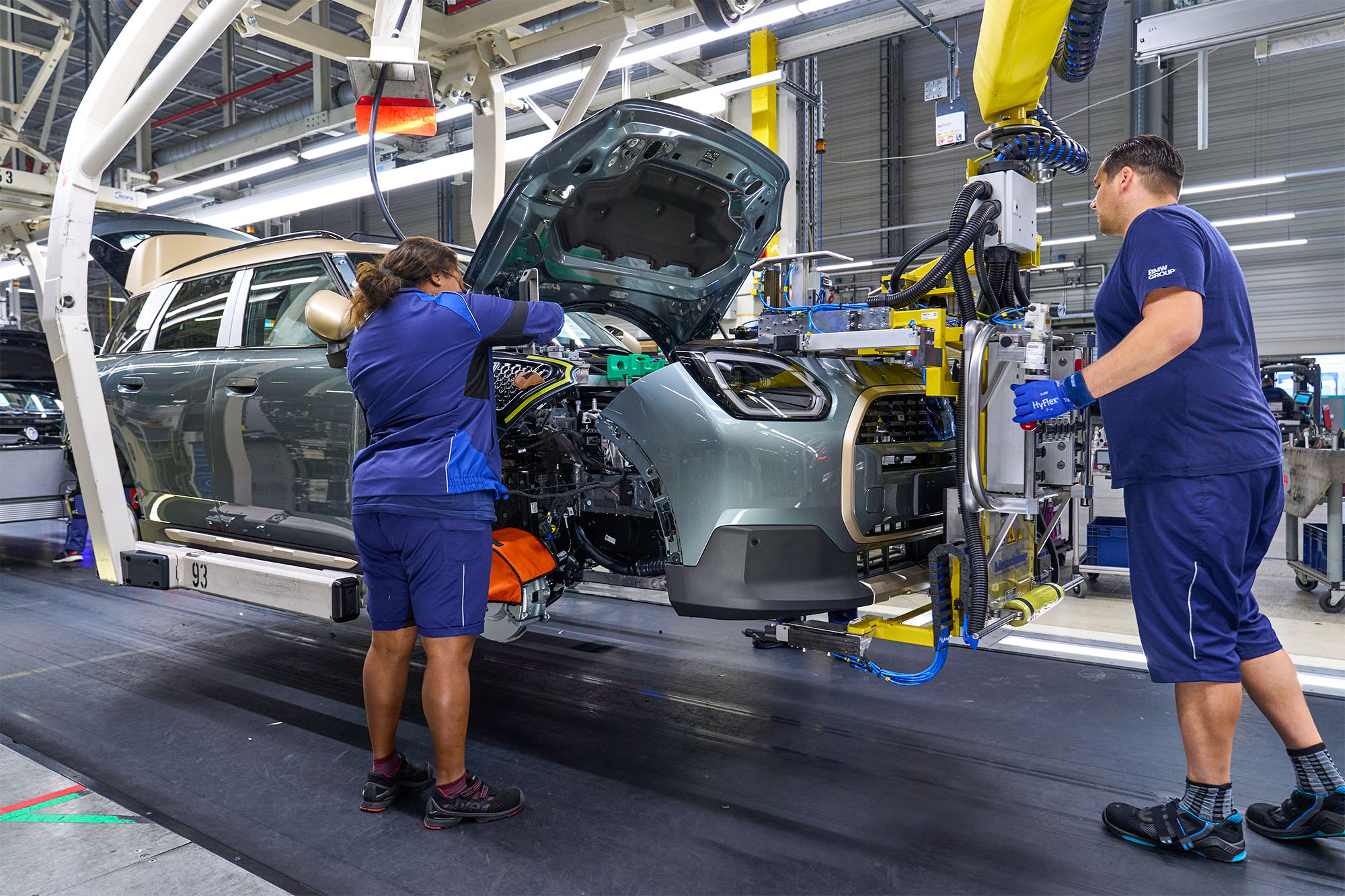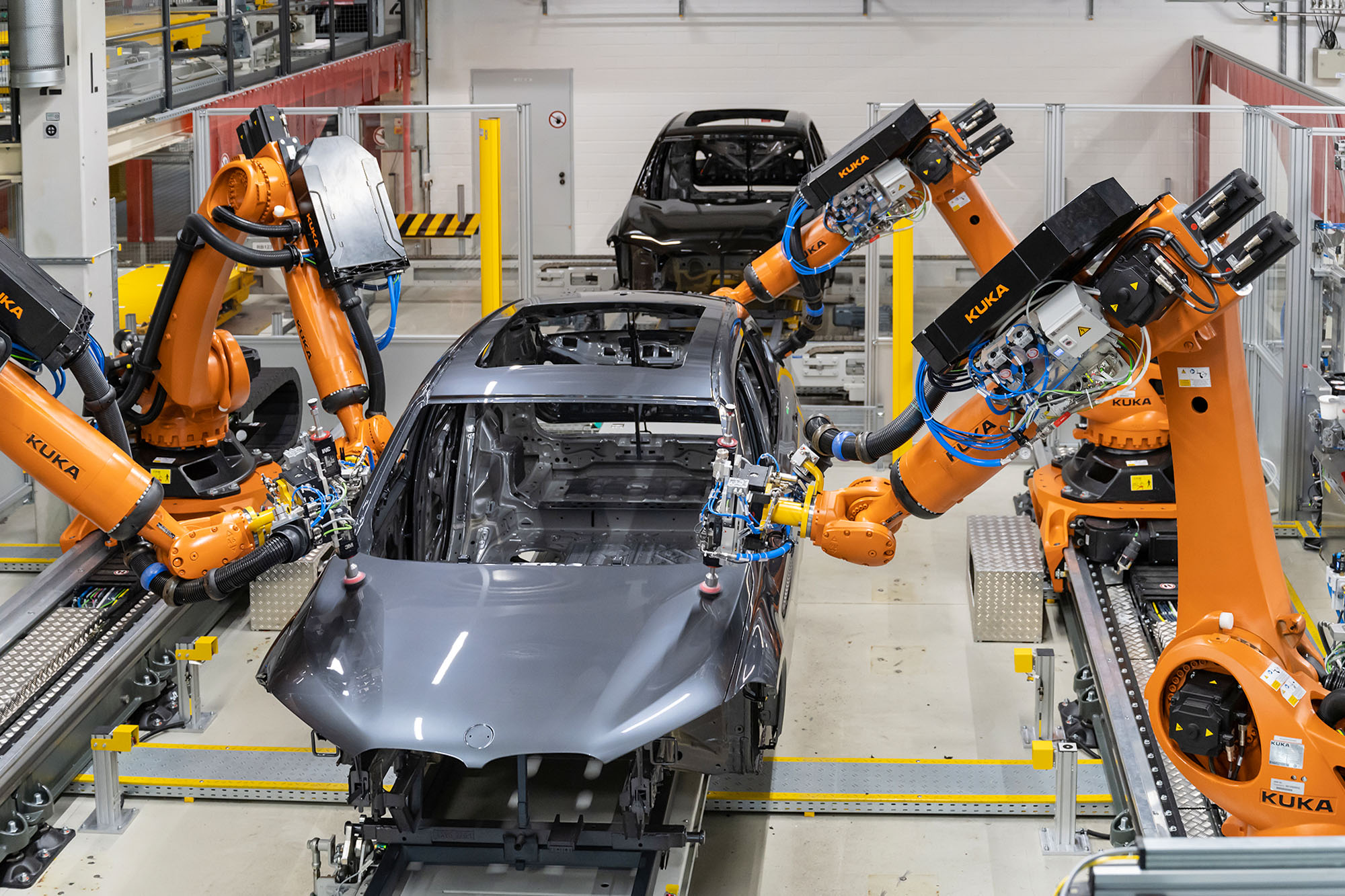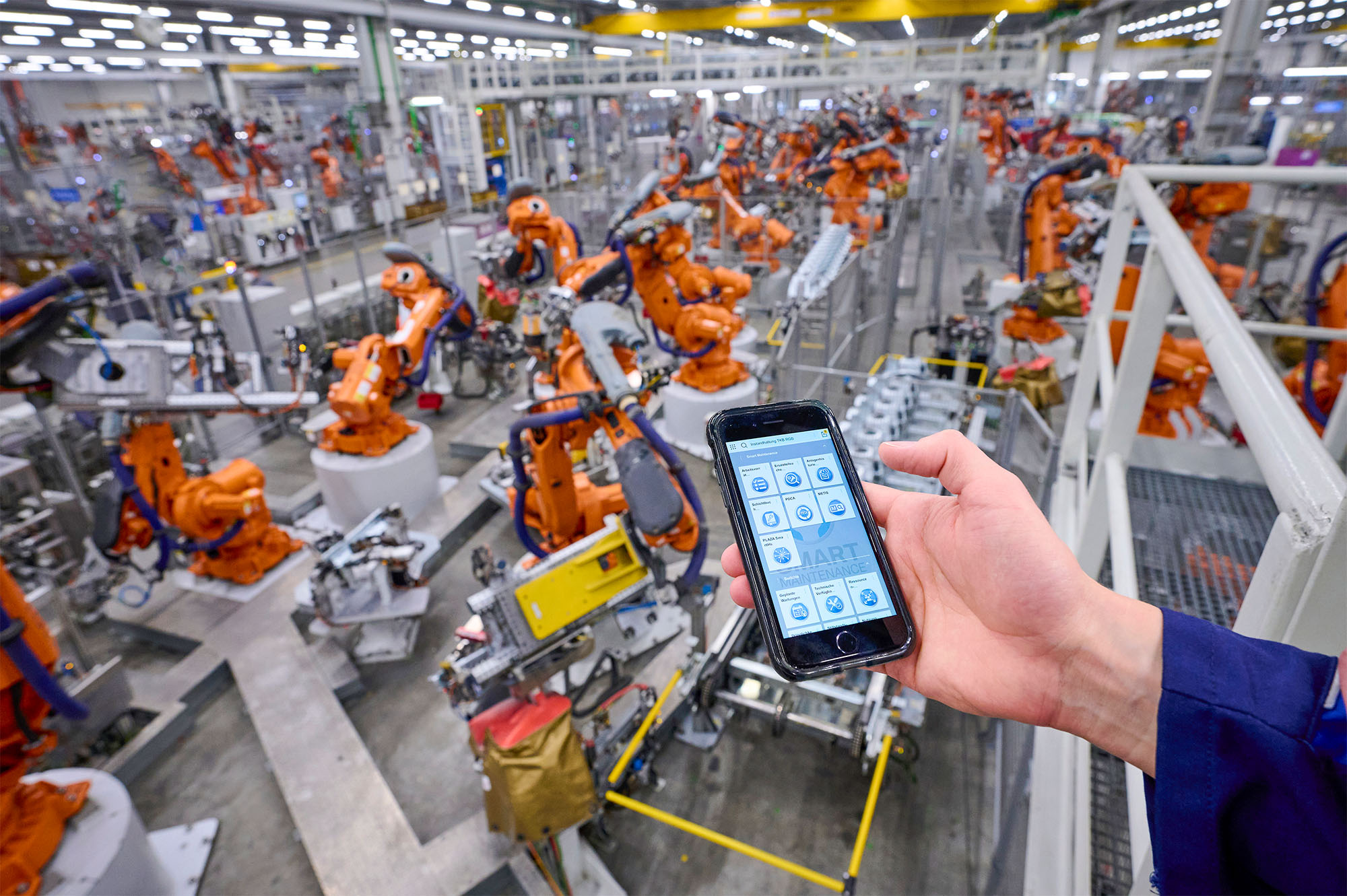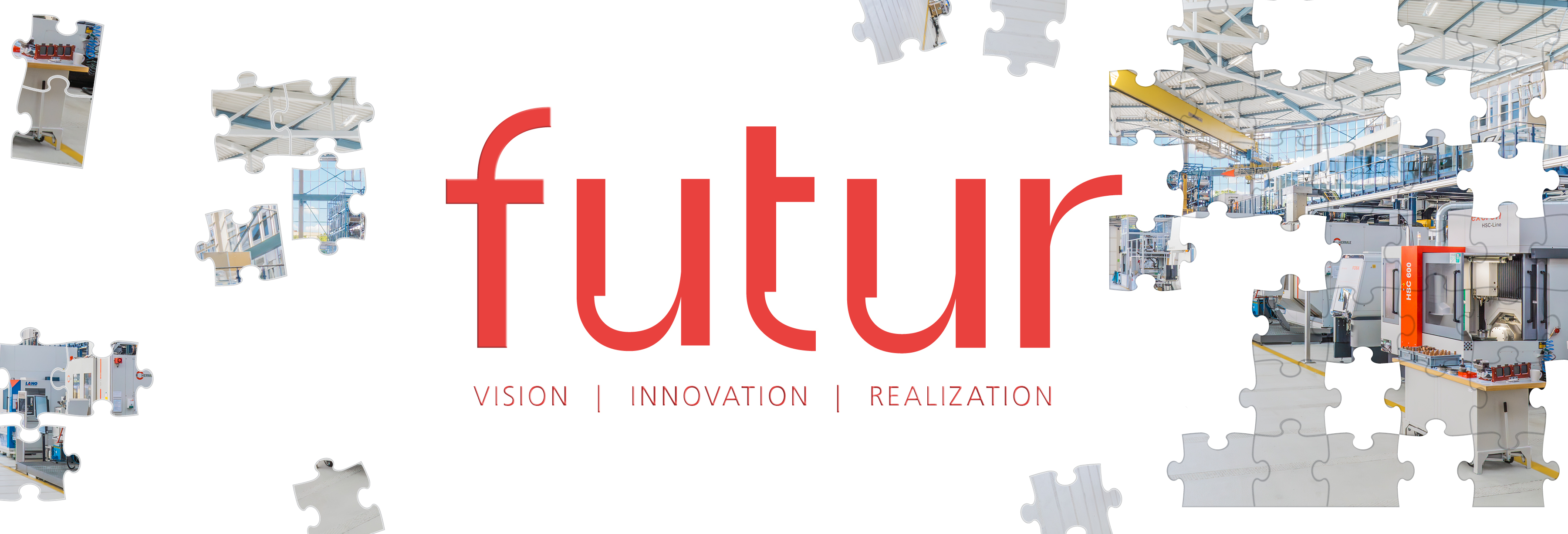Digitalization Is an Enabler, Not an End in Itself
FUTUR: The automotive industry is currently facing several paradigm shifts: It is becoming increasingly electric, digital and circular. How is the BMW Group addressing the resulting challenges, particularly with regard to production?
Nedeljković:
We are currently experiencing one of the biggest changes in the history of the automotive industry. New requirements and technologies are deeply affecting the previous processes and structures in our industry – with strong mutual interactions. This creates tensions and conflicting goals, but it also opens up spaces for innovative solutions.
To be successful in the long term, we have to actively shape this change. Primarily, we need to anticipate developments as best as possible, to position ourselves strategically, and at the same time to remain responsive. These paradigm shifts, as you call them, do not follow a linear path and their effects are not always foreseeable. That is why we are pursuing a strategic approach of technological openness. This means that we do not commit to a particular type of drive system too early on, but instead leave the choice between combustion engines, fully electric drive systems or plug-in hybrids – and in the future also fuel cells – to the customers. To be able to deliver this wide range as needed, we have set up our production to be flexible and resilient.
FUTUR: How do you implement this in practice?
Nedeljković:
With BMW iFACTORY, we have a clear strategic framework. At the same time, it represents our vision for the future of production. The main focus of iFACTORY is on improving profitability and sustainability, as well as strengthening innovation and digitalization. This approach applies to the entire BMW Group production network worldwide.


FUTUR: Your iFACTORY concept is described as follows: »It is efficient, high-precision and flexible. To help us achieve that, we use tools like data science and artificial intelligence.« How do you ensure that these tools are digitally integrated into BMW Group’s production – across all 30 production locations?
Nedeljković:
First of all, we don’t see digitalization as an end in itself. Rather, it is an important enabler. We are currently experiencing an enormous speed in the change of digital technologies. This means that we are increasingly able to digitally map complex control and planning processes. Examples of this are digital twins and virtual planning tools, which we use to significantly shorten planning periods and implement ideas faster. This gives us decisive advantages as a company.
We are pursuing a uniform data and network strategy for the digitalization of our production sites. On this basis, we are rolling out a variety of digital applications in planning, production, quality processes, and logistics. We start with a pilot at one site and then implement successful solutions throughout the entire production network. Production experts and digital champions are working across all locations as cross-functional and international teams. They outline solutions and share their findings across locations – in real time if possible. This increases both speed and efficiency.
FUTUR: Artificial intelligence, autonomous logistics, virtual planning and additive manufacturing are the buzzwords under which BMW is driving forward the digitalization of production. In your opinion, what research needs do these sections have in common?
Nedeljković:
All four fields you mentioned are highly relevant and each of them has enormous potential. However, from my point of view, the main thing is to network these fields of technology. If we connect them intelligently, completely new solutions and research needs will open up. However, practical relevance is always important, so the research community and industry experts should work together as closely as possible.
FUTUR: At the Production Technology Center in Berlin, we are pursuing the approach of human-centered automation, in which the capabilities of humans and machines are optimally interlinked. What role do humans play in the production ecosystem today?
Nedeljković:
We can’t do without people – and that won’t change in the future. The use of digital technologies offers many fields of application and increasing possibilities. In the sections of quality assurance and logistics in particular, high degrees of automation are already feasible and useful today. They stabilize processes while at the same time relieving employees of tiring and repetitive tasks. Think of visual inspections of paintwork. A well-trained AI with high-resolution sensors can already perform this task excellently. Looking ahead, the capabilities of artificial intelligence will become increasingly important. They can also be used to digitally map control and planning processes. Nevertheless, humans are and remain indispensable in all fields. They have the conceptual strength and, ultimately, the decision-making authority.

 Fraunhofer Institute for Production Systems and Design Technology
Fraunhofer Institute for Production Systems and Design Technology